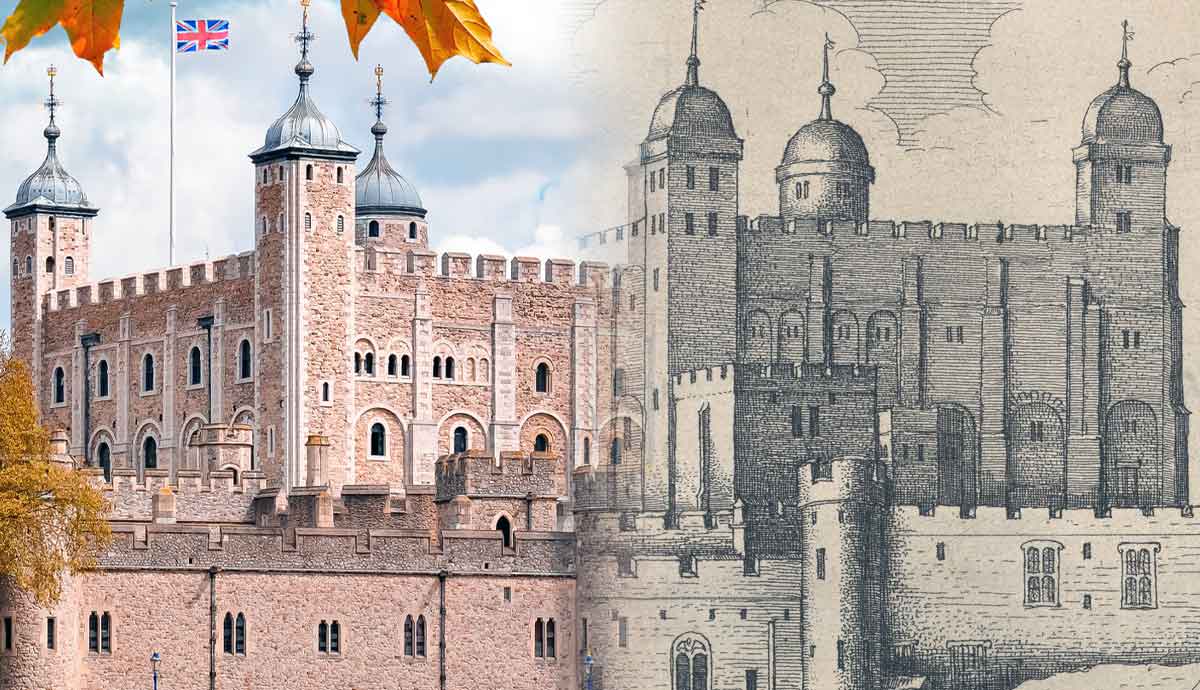The Tower of London has a long history, beginning with William the Conqueror in 1066, undergoing significant changes throughout various reigns. Its history continues into the present day. The architecture of the Tower of London has its own story, as the figures of English History interacted with it and changed it to fit their needs as monarchs throughout the years.
The Tower of London was born as a result of the Norman invasion led by William the Conqueror. Edward the Confessor offered him the role of succession, and Queen Edith’s father, Harold Godwinson, had sworn to support William’s claim to the throne when the time came. When Edward the Confessor died in January of 1066, and Harold II promptly took the throne for himself, William raised arms to take what had been promised to him. After the Battle of Hastings, through which William the Conqueror would take power over England, the local population was angry about a Frenchman ruling a mostly Anglo-Saxon population.
He was crowned on December 25th, 1066, as a show of Christian faith, but the coronation did not go well. The ceremony was held in Westminster Abbey, where a large crowd was outside. The crowd erupted into cheers when asked if they would accept William as their King. It had been a year without a crowned King, which held the kingdom in political uncertainty. They were ready for a King. However, due to the language barrier, the cheers were misinterpreted by William’s guards. The guards set fire to buildings to disperse the crowd. Riots broke out, causing true hostility. William finished his coronation alone and trembling.
The King ordered a fortified castle to be built near the Thames River. Its purpose was to protect his rule from enemies and angry Londoners. Construction finished in 1097, under the rule of William the Conqueror’s son and successor, William II. Three years later, in 1100, the castle held its first state prisoner, marking the beginning of a long history as a notorious prison.


